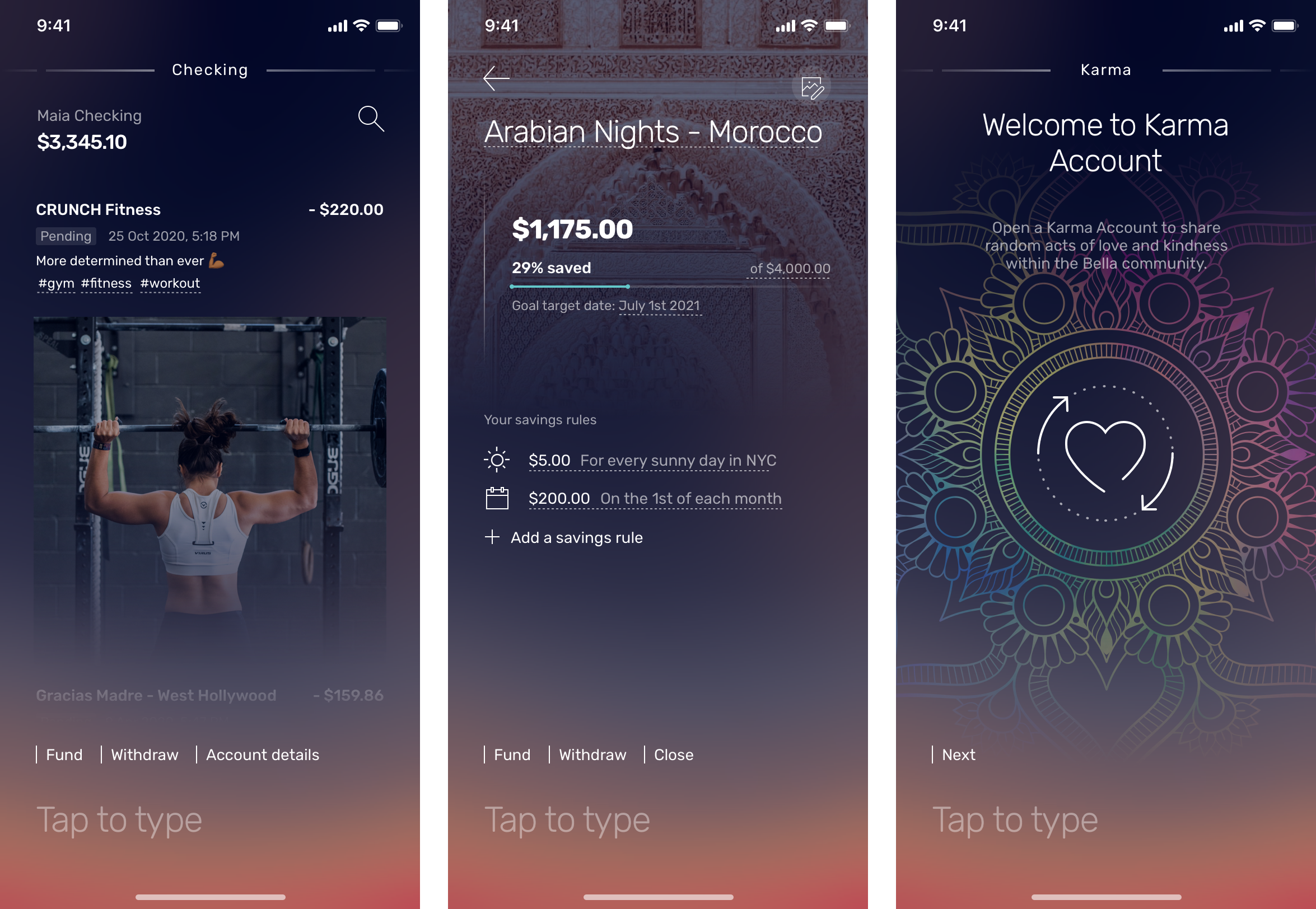News: With a 2021 IPO in the cards, what do we know about Robinhood’s Q3 performance?
After rising sharply in the second quarter of 2020, Robinhood’s income from routing its users’ orders to different parties for execution appears largely flat in the third quarter. To be clear, Robinhood’s year-over-year growth is likely very impressive given the gains we’ve seen in the key revenue category for the heavily-funded unicorn this year. But,
After rising sharply in the second quarter of 2020, Robinhood’s income from routing its users’ orders to different parties for execution appears largely flat in the third quarter.
To be clear, Robinhood’s year-over-year growth is likely very impressive given the gains we’ve seen in the key revenue category for the heavily-funded unicorn this year. But, after torrid sequential growth from Q1 2020 to Q2 2020, Robinhood’s payment for order flow rose only modestly during Q3, according to a TechCrunch analysis of the company’s disclosures.
The data matters in the wake of news that Robinhood could go public as soon as the first quarter of 2021.
The Exchange explores startups, markets and money. Read it every morning on Extra Crunch, or get The Exchange newsletter every Saturday.
Payment for order flow is a way that many brokerages make money, and by rule the data from the transactions is public. This provides a window into various fintech companies, both startup and incumbent that shows how quickly they are growing in this particular area. Robinhood has made the concept of payment for order flow better known thanks to its zero-fee model — order flow incomes are therefore key to its revenues — but it did not invent the practice.
Notably in the context of Robinhood’s slim Q3 order flow revenue growth, total equity trading volume was up in Q3, according to DriveWealth data. DriveWealth sells technology that powers equity trading for other companies.
 So, the trading boom continues, which we read as bullish for Robinhood and similar players like Public (here’s the data from its securities provider, Apex. And, for fun, here’s E*Trade’s Q3 data.)
So, the trading boom continues, which we read as bullish for Robinhood and similar players like Public (here’s the data from its securities provider, Apex. And, for fun, here’s E*Trade’s Q3 data.)
Still, a slowdown in growth of its payment for order flow revenue could decelerate Robinhood’s 2020 growth rate from simply bonkers to merely very good. And that could lower its potential IPO valuation from titanic to merely rich.
Let’s get into the numbers.
Robinhood’s Q3
Starting with some historical context, Robinhood’s payment for order flow revenues in preceding quarters are as follows:
- Q1 2020: $90.9 million
- Q2 2020: $177.9 million (This is around $6 million lower than we initially counted a few months back. In the spirit of fairness, I wanted to share the spreadsheet we used to tabulate both Q2 and Q3 Robinhood order flow revenues, but I am blocked from doing so by Verizon Media Group’s cybersecurity folks. Anyway, email in if you want to see the doc. Notably, The Block counts $180.1 million for Robinhood Q2 payment for order flow revenue. That number underscores our read that Robinhood order flow revenues were effectively flat in Q3 from Q2.)





